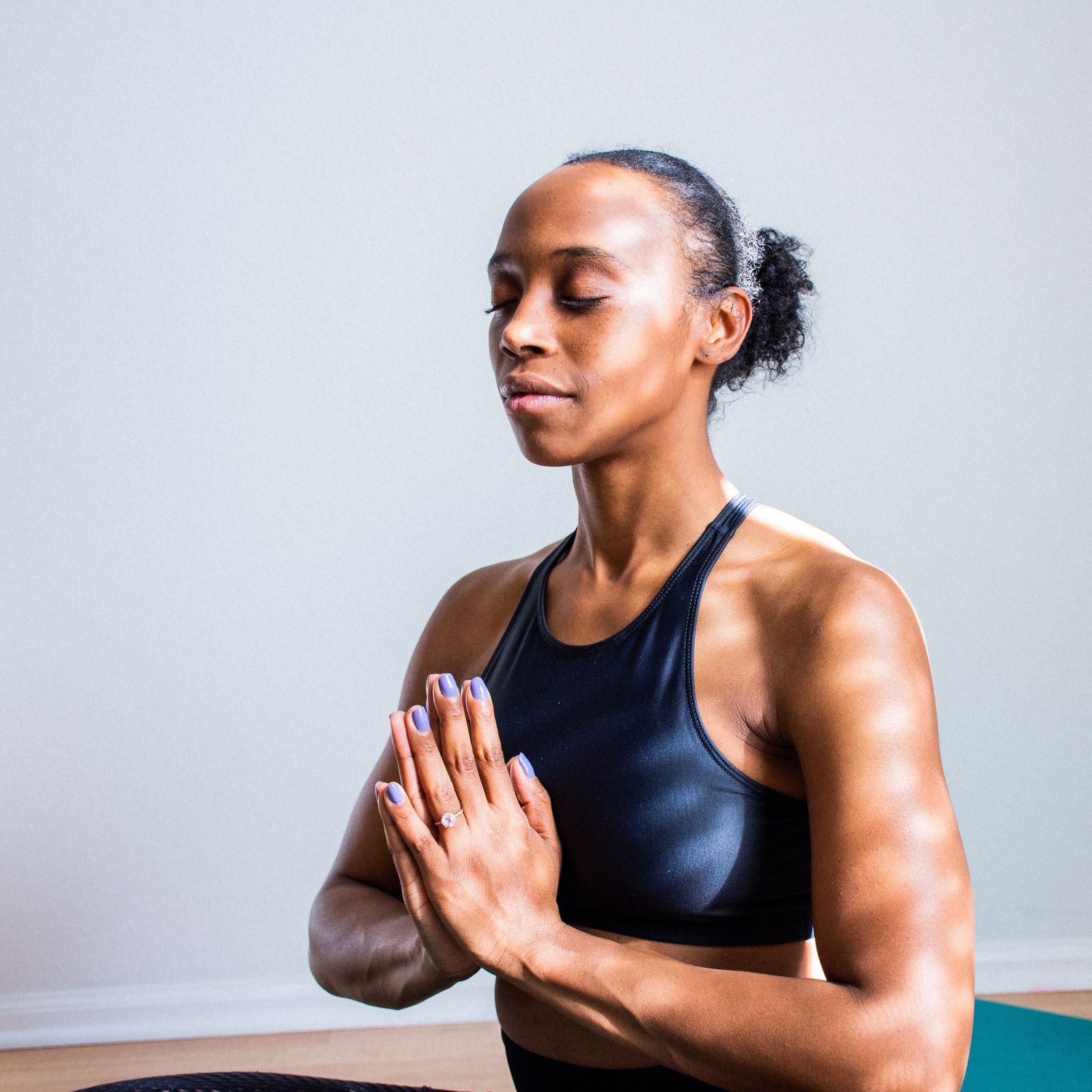The journey to recovery from opioid addiction is undoubtedly challenging, often accompanies by stress and anxiety. The first thing to note is that its totally normal to have times where you feel this way. Implementing relaxation techniques into your daily routine can be a powerful complement to addiction treatment, promoting calmness and mental well-being. In this article, we explore five effective breathing exercises than be be instrumental in your pursuit of recovery.

The journey to recovery from opioid addiction is undoubtedly challenging, often accompanies by stress and anxiety. The first thing to note is that its totally normal to have times where you feel this way. Implementing relaxation techniques into your daily routine can be a powerful complement to addiction treatment, promoting calmness and mental well-being. In this article, we explore five effective breathing exercises than be be instrumental in your pursuit of recovery.
1. Diaphragmatic Breathing (Deep Belly Breaths)
Begin by finding a quiet space to sit or lie down comfortably. Place one hand on your chest and the other on your abdomen. Inhale slowly through your nose, allowing your abdomen to rise as you fill your lungs with air. Exhale gently through your mouth, feeling your abdomen fall. Focus on the rhythmic rise and fall of your breath, gradually deepening the inhales and exhales. This technique promotes relaxation by engaging the diaphragm and reducing shallow chest breathing and is an excellent way to help combat the anxiety and stress that often comes with opioid recovery.
2. Box Breathing (Four-Square Breathing)
Box breathing is a simple and effective technique to bring a sense of calm as you progress through your opioid recovery that follows a four-step pattern: inhale, hold, exhale, hold. Start by inhaling through your nose for a count of four, then hold your breath for four counts. Exhale slowly through your mouth for another count of four, and once again, hold your breath for four counts. Repeat this cycle, gradually extending the counts as you become more comfortable. Box breathing helps regulate your breath, promoting a sense of calm and reducing anxiety.
3. 4-7-8 Breathing (Relaxing Breath)
Another effective technique is the 4-7-8 breathing technique. This technique is designed to promote relaxation and facilitate sleep. Begin by exhaling completely through your mouth, making a whooshing sound. Close your mouth and inhale quietly through your nose for a count of four. Hold your breath for a count of seven. Exhale completely through your mouth, making a whooshing sound, for a count of eight. This cycle can be repeated up to four times, calming the nervous system and inducing a sense of tranquility – Great for those nights when you can’t sleep!
4. Alternate Nostril Breathing (Nadi Shodhana)
This yogic breathing technique aims to balance the two hemispheres of the brain, promoting a sense of harmony and reducing stress. Sit comfortably with your spine straight. Use your right thumb to close your right nostril and inhale slowly through your left nostril. Close your left nostril with your right ring finger, release your right nostril, and exhale. Inhale through the right nostril, close it with your right thumb, release the left nostril, and exhale. Continue this pattern, gradually increasing the duration. Nadi Shodhana helps center the mind and alleviate stress. – One of our favorites here at Cedar Recovery!
5. Guided Visualization Breathing
Combine the power of focused breathing with guided visualization. Find a quiet space, close your eyes, and take slow, deep breaths. As you inhale, imagine positive energy and tranquility entering your body. With each exhale, visualize stress and tension leaving. You can envision a serene landscape, a place of safety and calmness, or any image that resonates with peace and control. Guided visualization breathing can transport your mind to a peaceful state, reducing anxiety and promoting relaxation.
Incorporating these breathing exercises into your daily routine can be a valuable tool on your journey to recovery. As you navigate the challenges of opioid addiction treatment, remember that moments of tranquility and self-care are essential for overall well-being. Experiment with these techniques, discover what works best for you, and embrace the serenity that comes with intentional, mindful breathing.




